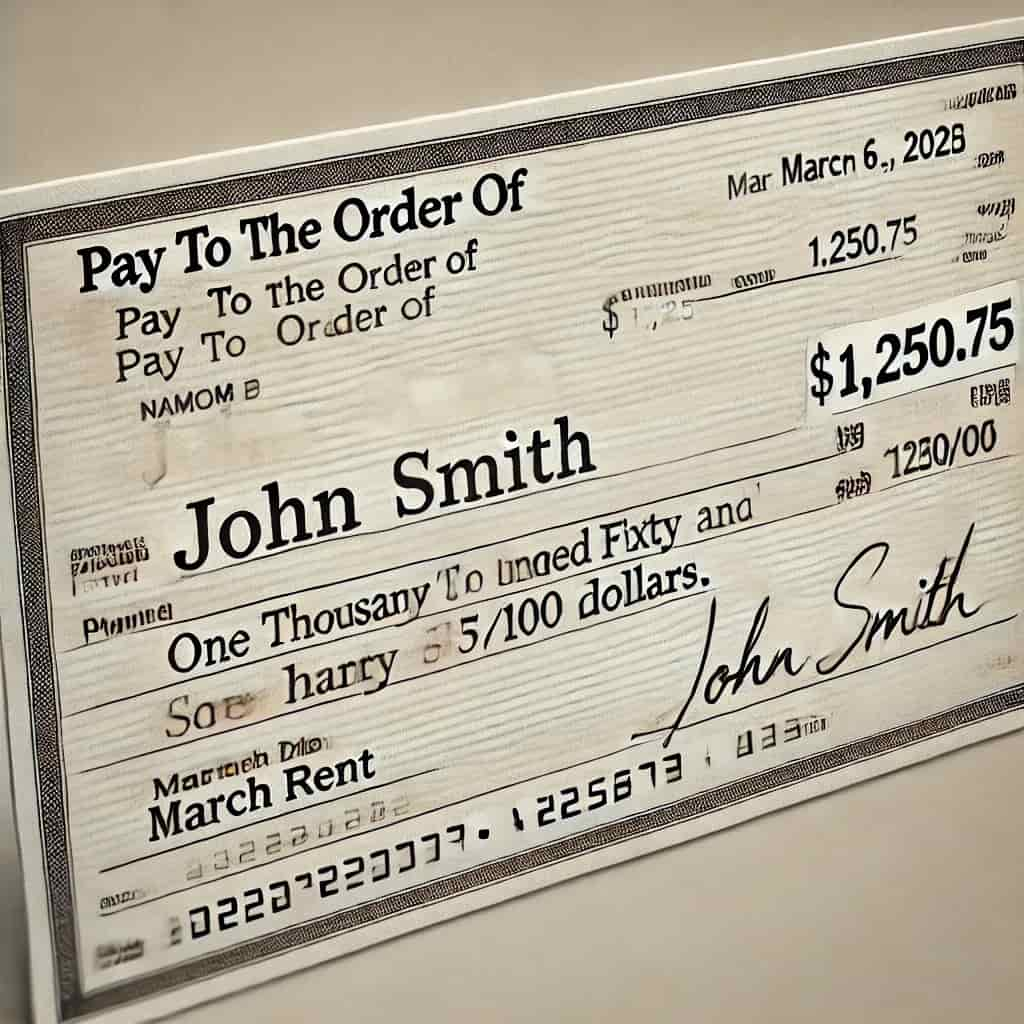How Do You Write a Check? A Step-by-Step Guide
How Do You Write a Check? Writing a check may seem like an outdated practice in the digital age, but it remains an essential skill. Whether you’re paying rent, sending money as a gift, or making a purchase, knowing how to properly fill out a check ensures smooth transactions. In this guide, we will walk you through the process, step by step, so you can confidently write a check without errors.
Even with the rise of digital banking, checks are still widely used for various payments. Many landlords, government agencies, and service providers still prefer checks over digital payments. Additionally, writing a check properly prevents fraud, ensures payments are processed correctly, and helps you maintain an accurate financial record.
Understanding how do you write a check is crucial to managing your finances effectively. Mistakes can lead to delays, returned payments, or even fraud risks. By following a structured approach, you can ensure that every check you write is valid, clear, and correctly filled out.
How Do You Write a Check:
Step 1: Fill in the Date on the Check
The first step in writing a check is adding the date. In the top right corner, you’ll find a line where you should write the current date. This helps the recipient and the bank verify when the check was issued.
Example:
- Correct format: March 6, 2025 or 03/06/2025
- Avoid postdating unless necessary, as banks may process checks immediately regardless of the date.
Step 2: Write the Payee’s Name Correctly
On the “Pay to the Order of” line, write the name of the person or business you are paying. Make sure to use the correct spelling to prevent issues with depositing or cashing the check.
Example:
- John Smith (for an individual)
- XYZ Electric Company (for a business)
If you’re unsure of the exact name, check with the recipient to avoid delays.
Step 3: Enter the Payment Amount in Numbers
In the small box to the right of the payee line, write the payment amount in numerical form. Be clear and avoid alterations.
Example:
- 1,250.75 (for one thousand two hundred fifty dollars and seventy-five cents)
Make sure to align the numbers to the left to prevent any alterations.
Step 4: Write the Payment Amount in Words
On the line below the payee’s name, write the amount in words. This acts as a security measure since banks prioritize the written amount if there’s a discrepancy.
Example:
- One thousand two hundred fifty and 75/100 dollars
If the amount includes cents, write it as a fraction (e.g., 50/100 for fifty cents).
Step 5: Include a Memo for Reference
The memo line at the bottom left is optional but useful for noting the purpose of the check.
Example:
- “March Rent” (for rent payments)
- “Invoice #12345” (for business transactions)
Step 6: Sign the Check Properly
In the bottom right corner, sign your check using the same signature registered with your bank. Without a signature, the check is invalid and cannot be processed.
Step 7: Keep a Record of Your Check
To track your finances, record the check details in your checkbook register, including the date, payee, amount, and memo. This helps in balancing your checkbook and avoiding overdrafts.

Common Mistakes to Avoid When Writing a Check
- Forgetting to sign the check, making it invalid.
- Writing an incorrect amount in words or numbers.
- Leaving blank spaces that could be altered by someone else.
- Using a pencil instead of ink, which makes it easier to manipulate.
Where to Find More Information About Checks
- U.S. Treasury Check Verification – Verify official checks.
- FDIC: How to Prevent Check Fraud – Tips on protecting your finances.
- [Your Bank’s Website] – Check specific bank policies for writing and depositing checks.
Learning how do you write a check is an essential financial skill, even in today’s digital world. Whether you’re paying bills, making purchases, or sending money to someone, following these steps ensures accuracy and security. Always double-check your details, use secure writing tools, and keep records of your transactions to avoid any issues. By mastering the process, you can confidently use checks whenever needed.